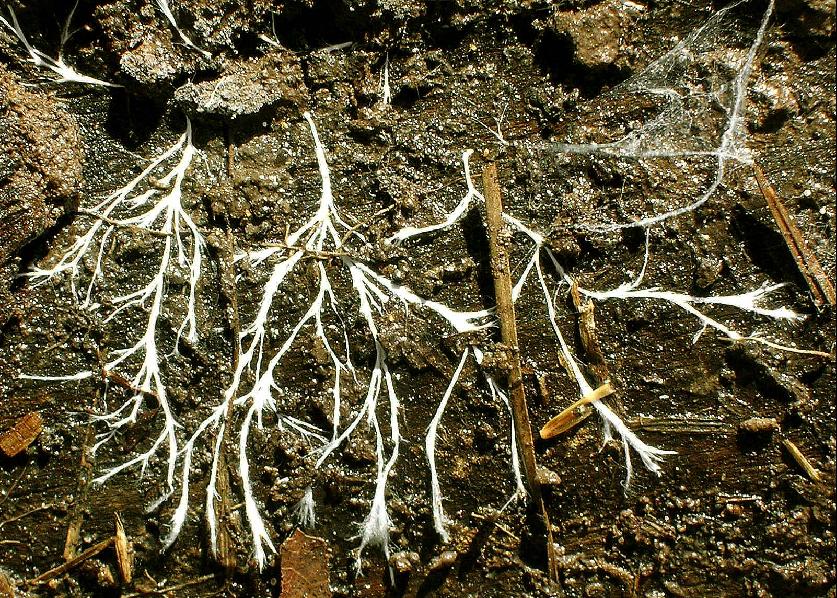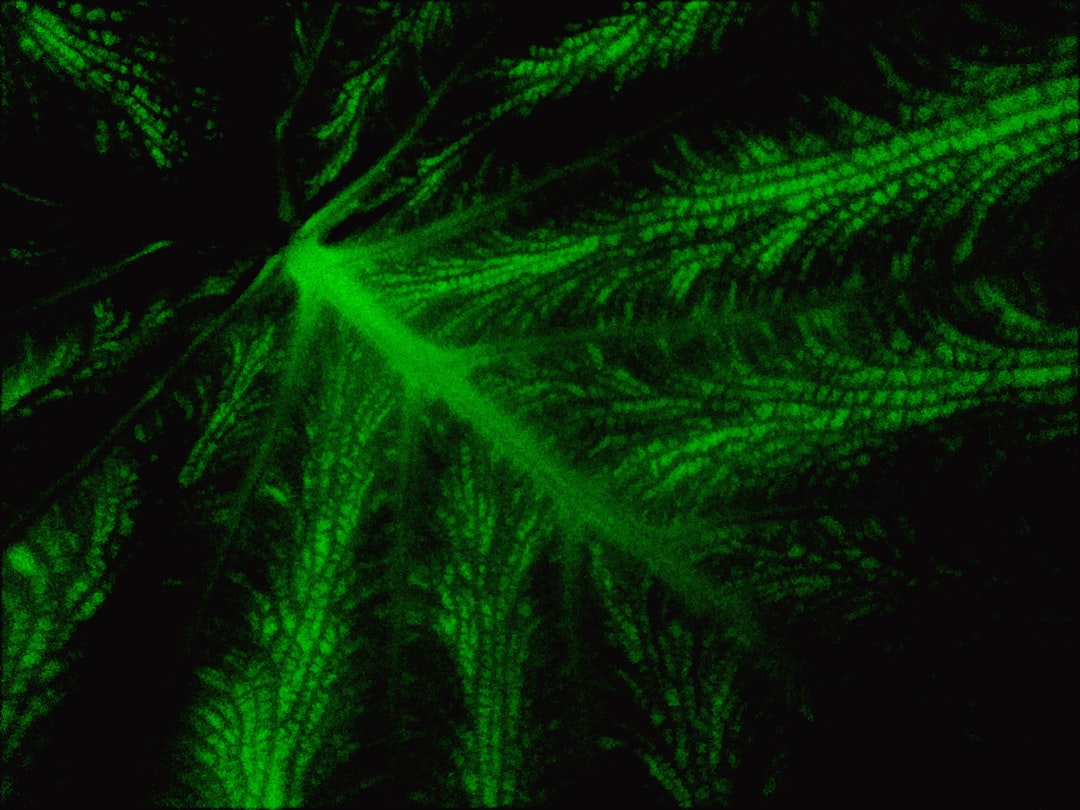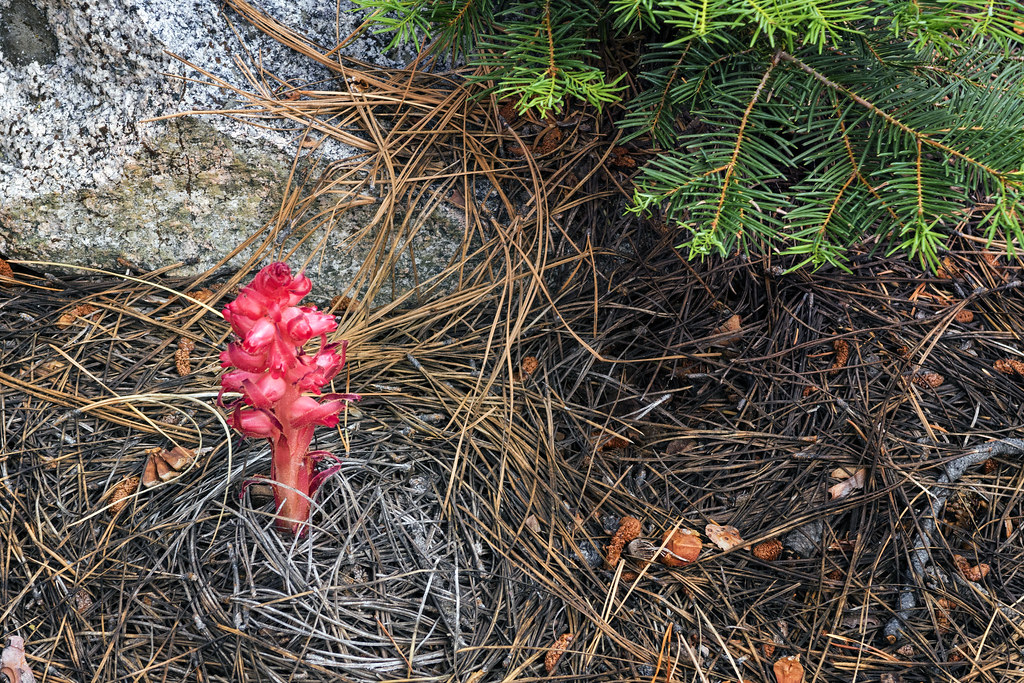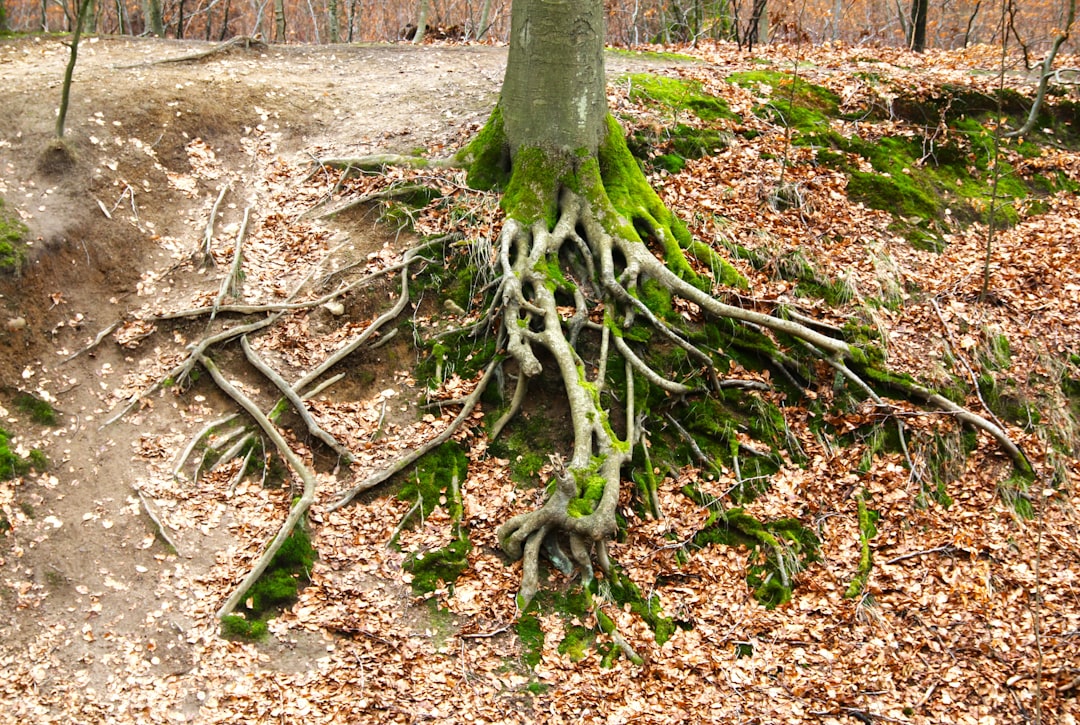The plant kingdom holds secrets that could revolutionize how we understand communication itself. Far from being silent, static organisms, plants engage in a complex web of information exchange that rivals the sophistication of our most advanced networks. Their conversations happen through chemical whispers, electrical pulses, and underground internet systems that would make our technology companies envious.
This hidden world of plant communication operates continuously around us, from the forest floor to your backyard garden. So let’s get started and discover the extraordinary ways plants talk to each other.
Underground Internet Networks Through Fungal Connections

Imagine discovering that trees in a forest are all connected through an underground internet more sophisticated than anything humans have created. Trees can through networks in soil. Much like social networks or neural networks, the fungal mycelia of mycorrhizas allow signals to be sent between trees in a forest. These networks, formed by a mutualistic symbiosis between a fungus and a plant root, where fungal-foraged soil nutrients are exchanged for plant-derived photosynthate, create what scientists call the “Wood Wide Web.”
These MNs are composed of continuous fungal mycelia linking two or more plants of the same or different species. The MN can thus integrate multiple plant species and multiple fungal species that interact, provide feedbacks and adapt, which comprise a complex adaptive social network. Through these fungal highways, plants share resources, warnings about threats, and even recognize their own offspring. The system is so efficient that scientists found “Hub trees” which were highly connected to every other tree. When these trees thrived they saw a large increase in the success of the forest, and if they were removed it destabilized the ecosystem.
Chemical Warning Systems Through Volatile Compounds

Plants have developed their own chemical alarm system that would make any security network jealous. Plants respond to biotic and abiotic stimuli by emitting volatile organic compounds (VOCs). These VOCs provide information on the physiological status of the emitter plant and are available for detection by the whole community. When a plant comes under attack from insects or pathogens, it doesn’t suffer in silence.
Upon damage by herbivores, plants emit de novo-produced VOCs to defend against the attacker; these VOCs can also act as a rapid warning signal to prime defences in undamaged parts of the same plant and undamaged neighbouring plants. These airborne messages travel quickly through the air, alerting nearby plants to prepare their defenses. In one study a broad beans plant responded to aphid attack by swiftly transferring defense signals via the MN to neighboring bean plants, which responded in turn by producing aphid-repellent chemicals and aphid-predator attractants. The speed and precision of this chemical communication system allows plants to mount coordinated defensive responses across entire plant communities.
Electrical Signals That Travel Like Lightning

Plants generate electrical signals that would impress any neuroscientist studying animal nervous systems. The presence of electrical signals, such as action potentials (AP), in both animal and plant cells suggested that plant cells, too, make use of ion channels to transmit information over long distances. In the light of rapid progress in plant biology during the past decade, the assumption that electrical signals do not only trigger rapid leaf movements in ‘sensitive’ plants such as Mimosa pudica or Dionaea muscipula, but also physiological processes in ordinary plants proved to be correct.
These electrical impulses race through plant tissues at remarkable speeds. When the tip of a leaf pinna is stimulated by spontaneous cooling with ice water or mechanically by touch, an AP is evoked and transmitted basipetally within the rhachis with a speed of 20–30 mm s−1. The tertiary pulvini at the base of the leaflets respond to the AP, causing ion and water fluxes that lead to leaf movements. These electrical signals not only differ in their shape and magnitude but also in their propagation speed ranging from 1 to 60 mm s−1 for APs to several minutes per centimeter in VPs. Think of it as nature’s own fiber optic system, transmitting urgent messages throughout the plant’s body in milliseconds.
Resource Sharing Networks for Community Survival

Plants operate sophisticated resource-sharing economies that put human financial systems to shame. Communication through mycorrhiza is not just about signals – it also includes resource sharing. Trees growing in favourable conditions (e.g. fertile soil, good sunlight) can pass on excess sugars to weaker neighbours, especially if they are their offspring. This isn’t random charity work either.
Kinship can act as another transfer mechanism. More carbon has been found to be exchanged between the roots of more closely related Douglas firs sharing a network than more distantly related roots. During times of stress, the mycorrhizal network may transport water from wetter to drier areas. Among species with different nutrient absorption capacities, the network acts like a system for exchanging microelements. Plants essentially operate their own welfare system, ensuring community survival through mutual aid.
Defense Signal Priming for Preemptive Strikes

Plants have mastered the art of preemptive defense through chemical communication. Recent work has shown that these networks can transport signals produced by plants in response to herbivore and pathogen infestation to neighbouring plants before they are themselves attacked. The speed of transfer to uninfested plants is such that the mechanism is likely to have measurable benefits for plant protection. This early warning system allows plants to prepare their defenses before danger arrives.
VOCs can “prime” the defense system of plants for an enhanced resistance to an upcoming stress. When a plant receives these warning signals, it doesn’t wait passively for attack. Instead, the tree begins to produce chemical compounds (phytohormones and volatile organic compounds) that: trigger defence mechanisms in other parts of the same plant, are transmitted through the mycelial network to neighbouring trees – which can then “pre-emptively” increase tannin production, alter the chemical composition of their sap, or thicken their leaf cuticles. It’s like having an immune system that activates before exposure to a pathogen.
Kin Recognition and Family Preference Systems

Plants possess family recognition abilities that would make genealogy websites envious. Research by Prof. Suzanne Simard in the forests of British Columbia has shown that large, old trees (so-called mother trees) form preferential connections with young seedlings that are their genetic offspring. These “mother trees” don’t just randomly distribute resources – they show clear favoritism toward their own genetic lineage.
Mycorrhizal networks are plastic and responsive to signals from the environment. The mycelium “knows” which plant is asking for help – and trees may allocate resources preferentially, increasing the survival chances of their own genetic lineage. Evidence is also mounting that micronutrients transferred via mycorrhizal networks can communicate relatedness between plants. Carbon transfer between Douglas fir seedlings led workers to hypothesize that micronutrient transfer via the network may have increased carbon transfer between related plants. This sophisticated recognition system ensures that genetic investment pays dividends by supporting offspring survival.
Root-to-Root Chemical Information Exchange

Below ground, plant roots engage in constant chemical conversations that rival the complexity of diplomatic negotiations. Some examples of these underground communication pathways are: (1) mycorrhizal networks in the soil; (2) the plants’ rhizosphere; (3) acoustic communication; (4) naturally grafting of roots of the same species; (5) signaling chemicals exchange between roots of plants; and (6) electrical signal transmission between plants through the soil. Plants release specific compounds from their roots that carry detailed information about their identity, health status, and needs.
A study of co-cultivated rye (Secale cereale) and hairy vetch (Vicia villosa) showed that benzoxazinoids released into the rhizosphere by rye are taken up by neighbouring vetch plants and translocated to shoots. Through these root exudates, plants can influence the growth of neighboring species, attract beneficial microorganisms, and even wage chemical warfare against competitors. Electrical, mechanical, and chemical signals induced by above-ground stresses in plants can affect below ground communication between roots of neighboring plants. There are different electrical, chemical and electrochemical pathways for underground signaling between plants. The soil beneath our feet buzzes with chemical conversations we’re only beginning to decode.
Conclusion

The revelation that plants possess such sophisticated communication systems challenges everything we thought we knew about intelligence and consciousness in nature. From underground fungal networks that span entire forests to electrical signals racing through plant tissues at impressive speeds, plants have evolved communication methods that are both alien and remarkably familiar. These discoveries force us to reconsider what it means to be intelligent, to cooperate, and to build communities.
The plant kingdom’s communication networks operate on principles of mutual benefit, resource sharing, and collective defense that could inspire better human systems. As we face global challenges requiring unprecedented cooperation, perhaps we should look to the forest floor for guidance. What do you think about these remarkable plant abilities? Tell us in the comments.




